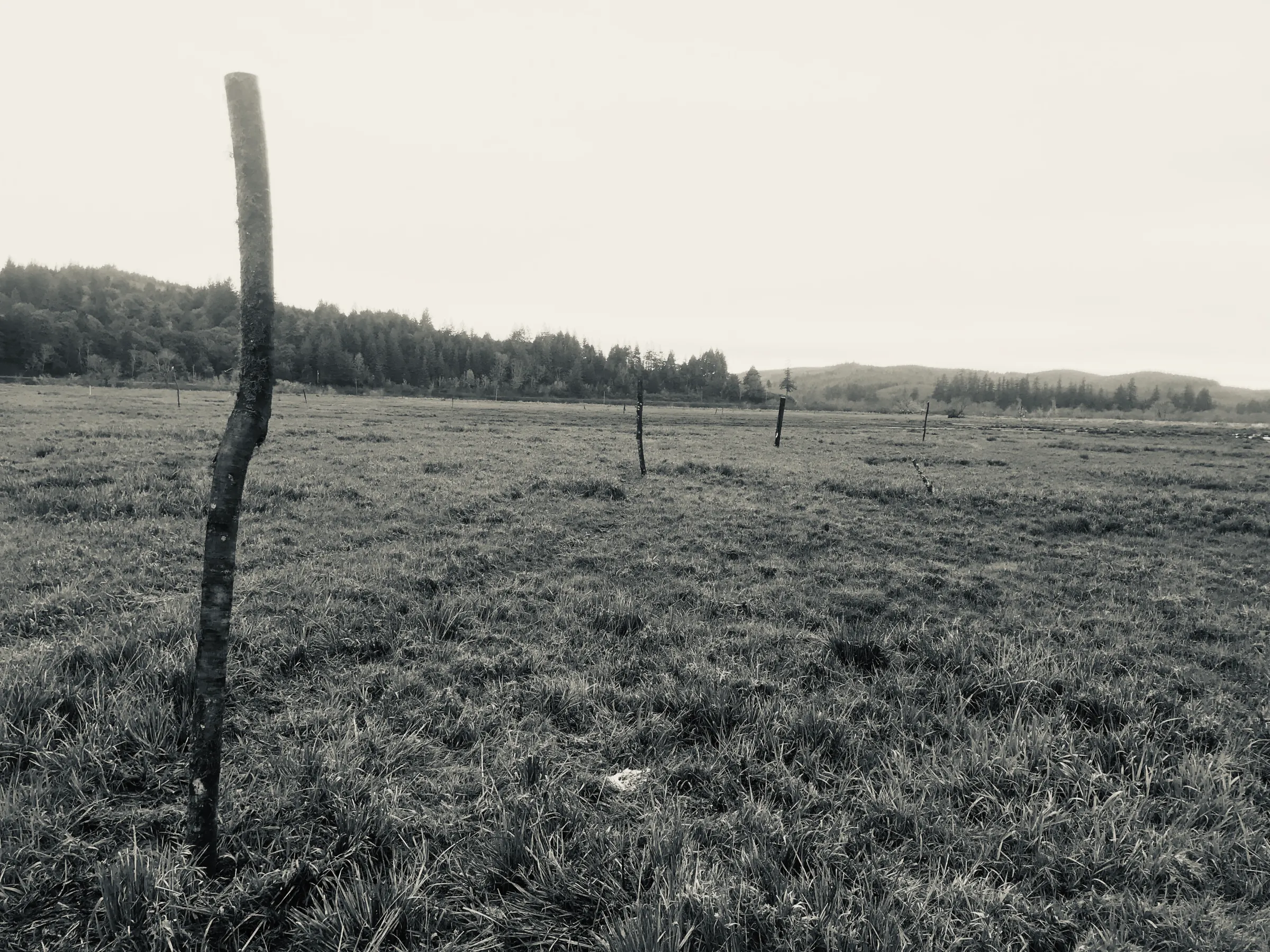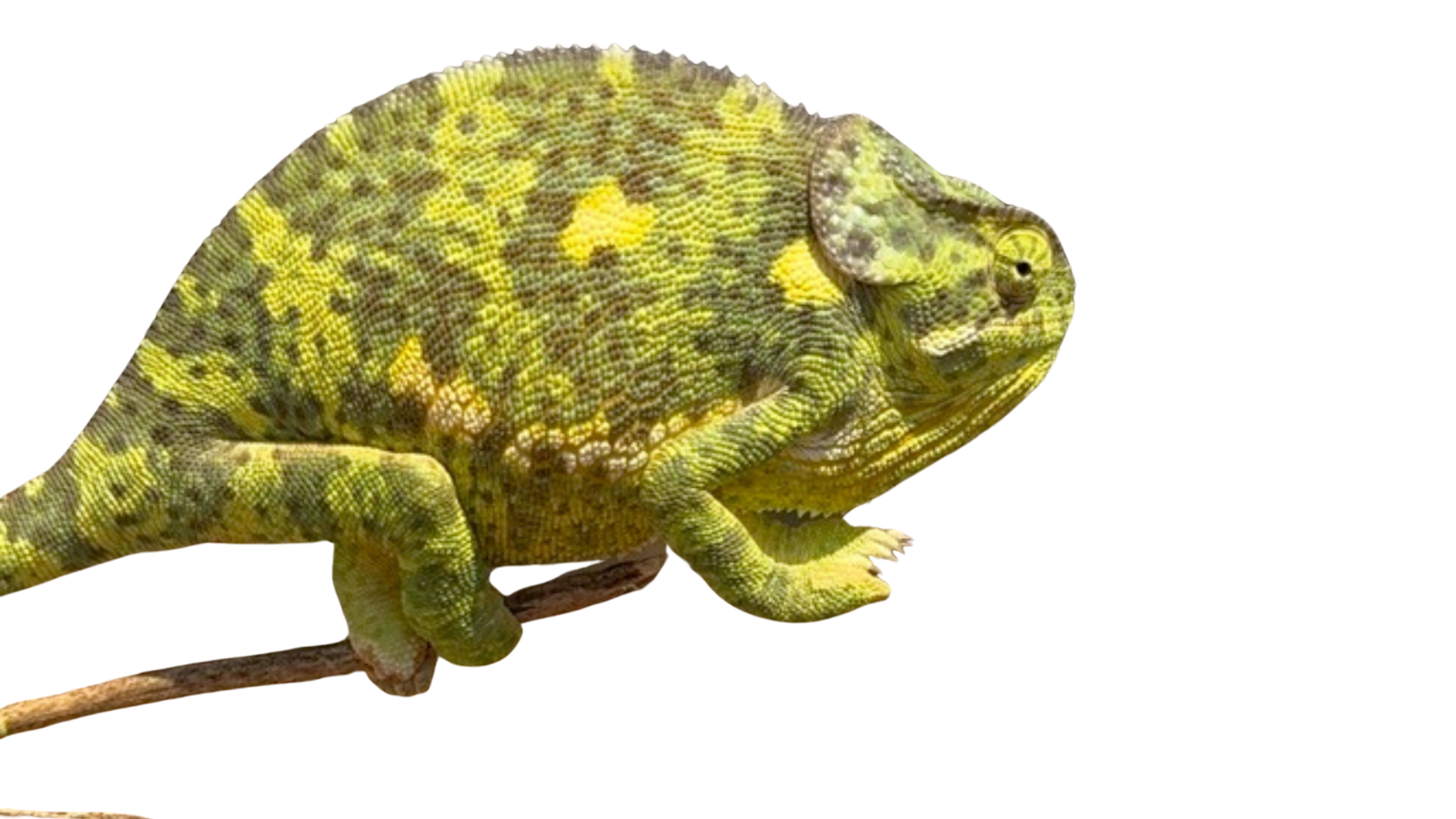Language is powerful tool for revealing truth. We evolved our ability to harness that. But for that same reason, it is more important for us to look out for ways that language conceals truth. Why do I casually mention this now in a blog about grass and cows? Well because this final stretch in our series about the the history of herbivory will be a sort of meditation on the term ‘grassland.’ The implications that come from using that particular word to describe open ecosystems, where herbaceous plants represent a strong component. This is where we finally get to the thesis of the this series, that thesis being herbivores have had a strong influence on the structure of ecosystems for hundreds of millions of years and the evidence for that has been hiding in plain sight.
But first as a quick after thought before I push publish on this blog post, I have to pretend that I am interested in the Almanac Section, where I talk about what happened here on the ranch. I gotta say though, it was a big week for the expansion of the savanna biome on the ranch. After much driving around, I got my post driver working. My friend Jonathon and I went out and cut six inch diameter willow poles from along the driveway and loaded them into the stock trailer and brought them out into the pasture.
The pasture is still super soggy, but my new (to me) gigantic tractor was able to drive pretty much everywhere. The grass roots are so thick they act like re-bar in concrete out there. We drove those willow poles into the ground, some of them five feet into the ground, and left seven feet sticking up. There they will resprout with their feet in the permanent water table and their heads above the cattle. Instant savanna. This is a project that has been a long time in the making and I am itching to go back out and do it. Pray I don’t kill myself with this 6000 pound guilletene. This is a good example of industrial ecology at work.
Okay, your right, I did like talking about that. Now let’s move on.
We left the history of herbivory at a real cliff hanger last week, like a the conquest of great kingdom from Game of Thrones, herbivory was dead. But in a surprise plot twist, herbivory mysteriously creeps back into the story of life on this planet. Early reports start trickling in during the late Eocene (say 35 million years ago). Paleontologists that study this period say that there must be grasslands because the animals they are discovering are clearly grassland animals, based on their teeth and other aspects of their body. But the botanists say, ‘can’t be, there’s no grass.’ More on that momentarily.
Paleobotanists say that it is not until the Oligocene (say 25 million years ago) or even the Miocene (15 million years ago) that we start to see evidence of grasslands that have the floristic characteristics of modern grasslands. This is not very long ago as far as plant evolution is concerned. It is worth taking a moment to look at these Miocene grasslands.
The Miocene is the time when mammal diversity as a whole reaches its peak, and this is particularly true of the large savanna dwelling mammals that I am most interested in, since I am only human. Much of North America, Eurasia, and Africa was covered by a distinctive savanna vegetation. Shockingly, these savannas had twice as many species of large mammals as the savannas of the ‘ice age.’ Which means they had roughly eight times more species of large mammals than the Holocene, the modern world. This is an important point for all you rewilders to remember when you get into arcane debates of ‘should we rewild with [species A] or with [species B].’ I suspect that the answer is usually going to be, ‘do both, then go find some more.’ Miocene mammals probably need a whole blog post, or series, to themselves.
Ok that was fun, but I am going to stop my chronological history of herbivory at the Miocene. I have written a lot and I am sure I will write more, about the Plio-Pleistocene, but for now let’s get back to the main thesis and wrap this thing up, before a new land mammal age starts.
The term ‘grassland’ hinges on the word ‘grass,’ a clade, a group of related organisms that all trace their lineage to common ancestor without any other organisms from other groups standing in the way. ‘Forest’ hinges on the word ‘tree.’ Tree is a polyphyletic term, it is classifying a structural aspect and isn’t concerned with the evolutionary heritage of the group. A maple tree is more closely related to a grass plant than to a pine tree for instance. Taxonomists deride polyphyletic terms, but as ecologists looking at vegetation structure, that is actually way to go.
Let’s do an example. The trees of the Carboniferous are completely unrelated to any of the major forest trees in the modern world. They do not even produce seeds, just like ferns and horsetails. Yet no one says that ‘forests’ did not exist in the Carboniferous.
The Progymnosperms and tree ferns of the Carboniferous were replaced by true gymnosperms, and later arboreal angiosperms. In the Carboniferous the ecosystem was producing trees but each successive wave of tree was marginally better at surviving than the ones before. We saw gymnosperms that produced dinosaur dispersed fruits, and gymnosperms with big showy flowers that attracted insect pollinators. Fruit dispersal and insect pollination are were not ‘invented’ by Angiosperms, they just did fruit dispersal and insect pollination best. In the same way, ‘pro-herbivory’ is not unique to grasses.
The pro-herbivory niche was carved out by ferns and horsetails, starting in the late Carboniferous and Early Permian. There was probably a sorting process in those groups that I am not qualified to speak about. Those plants were probably partially replaced by a herbaceous gymnosperms in the mesozoic. Think of the enigmatic gymnosperm genus Welwitchia. Welwitchia was all over during the Mesozoic. All pro-herbivore plants have interesting mechanisms for losing apical dominance in their tissue. This is what creates the low growing, dense, palatable vegetation that is typical of pro-herbivore vegetation, in other words ‘pasture.’ Welwitchia is just born with no apical dominance, never has it. What would a mesic, dinosaur maintained Welwitchia savanna have looked like? I have no idea, but I know it would be pretty cool.
In the mid Cretaceous those Gymnosperms started to be replaced by mysterious herbaceous Angiosperms that we know very little about. Like I say, water lilies would be a good place to start since they have a creeping a growth pattern, are very palatable, and some of our earliest Angiosperm pollen is from the genus Nympha. Than we had the K-P extinction which set things back. Its like with a recession. Ten years ago, you probably thought you would have been better off by now, but the recession set things back five years. But stop your cryin, because grass’ march to dominance was derailed 30 Million years by that asteroid. But it didn’t complain. It just got to work and eventually grasses got what they were due.
When pro-herbivore vegetation first show up again in the late Eocene after the Extinction of the dinosaurs it is not yet ‘grassland,’ as I said. There are definitely grass species around, but they are not present at levels and arrangements that would suggest there were grasslands as we know them. What plants were present? The first place that I would look would be with legumes. Legumes exhibit your classic pattern of short, prone, vegetative growth in the presence of herbivory, and tall, less palatable reproductive growth without herbivores. I would suspect that the Eocene’s ‘legume prairies’ would have many different forms of legumes, including some very tall forms. I would suspect that many of those forms would not rely on N-fixation. When grasses usurped their role as the go to savanna herb, the N-fixing legumes hung on because they had the advantage in N-deficient soil. It would be pretty difficult to pick up the signal of such a legume dominated savanna, since herbaceous legumes are particularly unlikely to fossilize, and, being insect pollinated, will show little trace in a pollen record.
Other possible canidates for Eocene/Oligocene savanna herbs are the ‘proto-grasses,’ sedges, rushes, reeds, and bamboos. Some of these species are tolerant of the most extreme levels of herbivory and trampling. In the Serengeti the most heavily grazed areas are sedge dominated. We think of many of these plants as being ‘wet’ species. They are not. Many of them grow just as well in very dry soil environments. Whenever you see the same taxa of plant growing only in very wet or very dry conditions, pay attention. You are looking at a plant that is running from competition. What competition specifically, you ask? Well, grass competition.
When grasses came to dominate ecosystems in the Miocene, 15 million years ago, it was not because they had fabricated a new ecological niche out of thin air. It was because they had inherited (‘conquered’ is probably more accurate) an ecological niche that had been in existence for more than 300 million years. They grabbed the role as the dominant pro-herbivore plant group. Like a conquering king who tears down the statues of his predessor, grass’ dominance is so complete that it has been hard for paleoecologists to imagine its role filled by any other plant. But pro-herbivore vegetation is a very old motiff, and again, it is the tension between pro-herbivore vegetation and anti-herbivore vegetation that creates the unique (and ancient) vegetative structure savanna. Everyone is familiar with the term ‘missing the forest for the trees.’ Well, in paleoecology we have had the interesting problem of missing the grassland for lack of grass.

